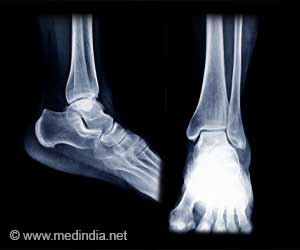Researchers at the University of Illinois, US, have developed the next generation of self healing material, which mimics human skin by healing itself time after time.
Researchers at the University of Illinois, US, have developed the next generation of self healing material, which mimics human skin by healing itself time after time.
According to Nancy Sottos, a Willett Professor of materials science and engineering, and the corresponding author of a paper detailing the research, the new materials rely upon embedded, three-dimensional microvascular networks that emulate biological circulatory systems.In the researchers’ original approach, the self-healing materials consisted of a microencapsulated healing agent and a catalyst distributed throughout a composite matrix. When the material cracked, microcapsules ruptured and released the healing agent, which then reacted with the embedded catalyst and repaired the damage.
However, “with repeated damage in the same location, the supply of healing agent became exhausted,” Sottos said. In their new research, the scientists built a scaffold using a robotic deposition process called direct-write assembly.
The process employed a concentrated polymeric ink, dispensed as a continuous filament, to fabricate a three-dimensional structure, layer by layer. Once the scaffold was produced, it was surrounded with an epoxy resin.
After curing, the resin was heated and the ink – which liquefied – was extracted, leaving behind a substrate with a network of interlocking microchannels.
In the final steps, a brittle epoxy coating was deposited on top of the substrate, to fill the network with a liquid healing agent. The coating and substrate were also bent until a crack formed in the coating.
Advertisement
“In our new circulation-based approach, there is a continuous supply of healing agent, so the material could heal itself indefinitely,” said Sottos, who is also a researcher at the university’s Beckman Institute.
Advertisement
The findings are scheduled for publication in the journal Nature Materials.
Source-ANI
MED/M









